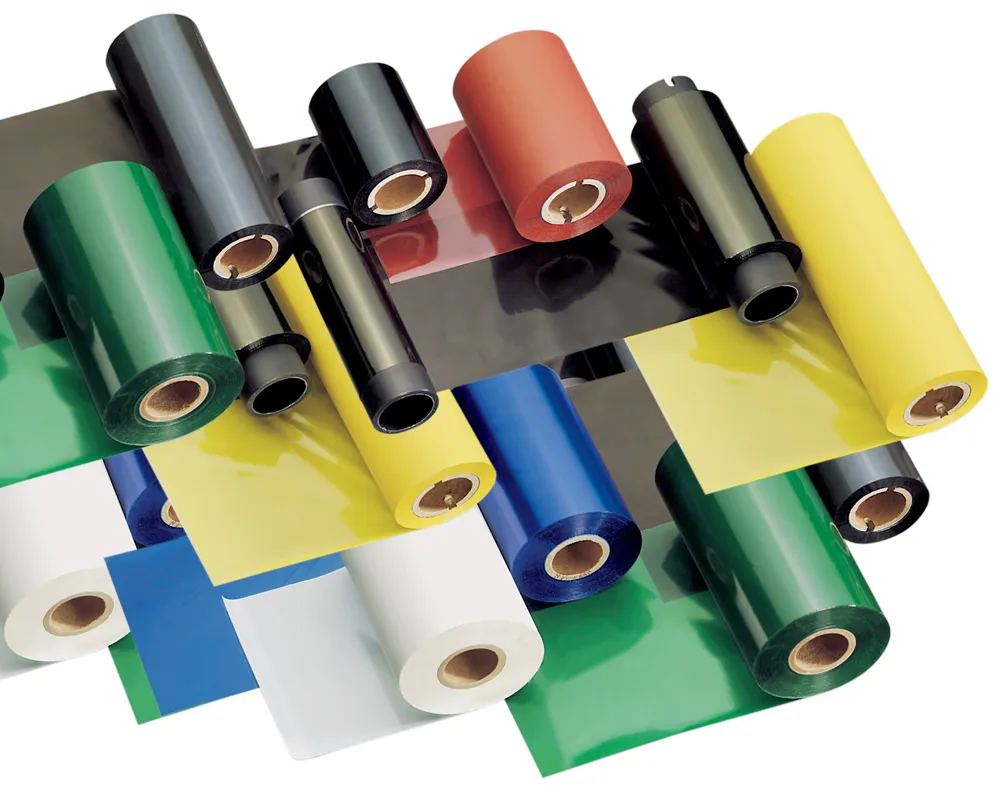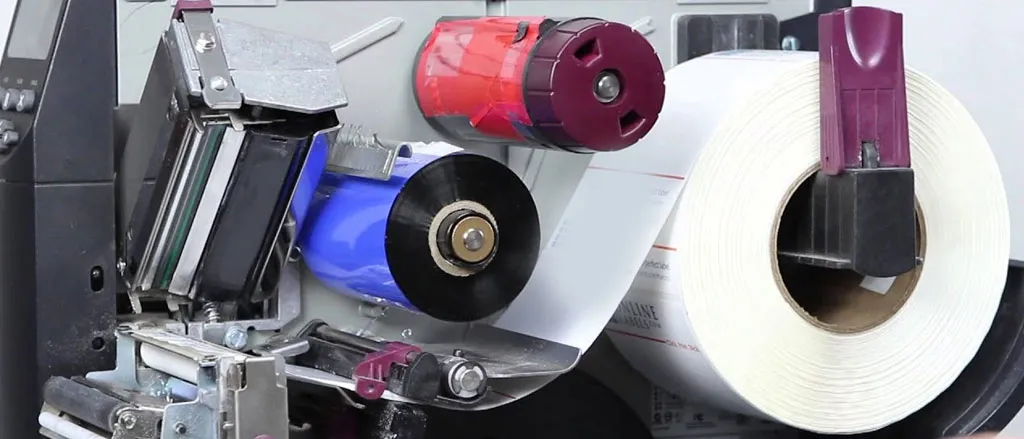Exploring Thermal Transfer Ribbon Slitting Techniques
Thermal Transfer Ribbon Slitting Techniques are no walk in the park! Let’s take a closer look today.
We all know that the full thermal transfer ribbon manufacturing process involves steps such as Substrate Preparation, Coating Formulation, Coating, Curing, Processing, Slitting, and Packaging. But do you truly grasp the Thermal Transfer Ribbon Slitting Techniques?
Crafting each roll of premium thermal transfer ribbon requires a meticulous approach from start to finish. Manufacturers can only achieve the pinnacle of slitting excellence through a blend of advanced equipment, pristine working environments, and skilled technicians.
High-quality imported Slitting Equipment for thermal transfer ribbon
In the realm of thermal transfer ribbon production, precision is paramount. With widths measured in millimetres and lengths spanning hundreds to thousands of meters, swiftly and accurately slitting thermal transfer ribbon into manageable rolls demands nothing short of cutting-edge technology. Previous generations of slitting machines, albeit functional, lagged behind modern counterparts by 30% in speed and struggled to maintain precise width tolerances. Enter the latest advancements in slitting technology: a symphony of speed, accuracy, and stringent quality control. These state-of-the-art machines not only meet the demands of rapid slitting but also uphold unwavering standards in product quality. Tension control during slitting and the uniformity of rewinding emerge as pivotal control points in the production process.
1. Tension Control: The Art of Balance
Thermal transfer ribbon slitting is a delicate dance of tension, where balance is key. Excessive tension risks stretching the PET base film, compromising the integrity of the ink layer, and resulting in quality issues like powder shedding and compromised print clarity. Conversely, inadequate tension invites wrinkling and print defects, disrupting the seamless flow of production. Achieving the perfect tension balance is akin to finding harmony in chaos—an art form mastered through meticulous calibration and expertise.
After the installation of each slitting machine, technicians embark on a quest to fine-tune tension settings, extracting optimal performance from the machinery. These tension parameters serve as the guiding stars for future maintenance endeavours, ensuring consistent quality across production cycles.
2. Rewinding: Ensuring Smooth Sailing
At the heart of every thermal transfer ribbon lies a PET film core, a testament to its structural integrity. However, the journey from roll to print is fraught with tension, quite literally. Barcode printers exert significant force during printing, necessitating uniform stress distribution along the ribbon’s edges. Here, the rewinding process assumes centre stage, dictating the ribbon’s fate. A flawless, parallel winding ensures even stress distribution, safeguarding against breakage and print imperfections. Conversely, uneven winding births a slew of issues—wrinkles, white lines, and pressure marks—disrupting the delicate balance of production.
Clean, Dust-Free Environments
Beyond technology lies the sanctity of the production environment—a haven free from dust and contamination. Dust particles, though minuscule, wield the power to mar pristine prints, rendering them unsuitable for their intended purpose. Thus, the thermal transfer ribbon slitting workshop becomes a bastion of cleanliness, with dust-free floors and controlled temperature and humidity levels standing guard against imperfections.
Professionalism Personified
In the realm of thermal transfer ribbon slitting, professionalism reigns supreme. Beyond technical prowess lies a commitment to excellence—a dedication woven into the fabric of every operation. Skilled technicians, armed with expertise and unwavering diligence, breathe life into each roll of thermal transfer ribbon, ensuring that perfection remains the ultimate pursuit.
In essence, thermal transfer ribbon slitting transcends mere mechanical processes—it is an art form, a symphony of precision, dedication, and unwavering commitment to quality.
Read More: Thermal Transfer Ribbon: A Complete Guide For Beginners




